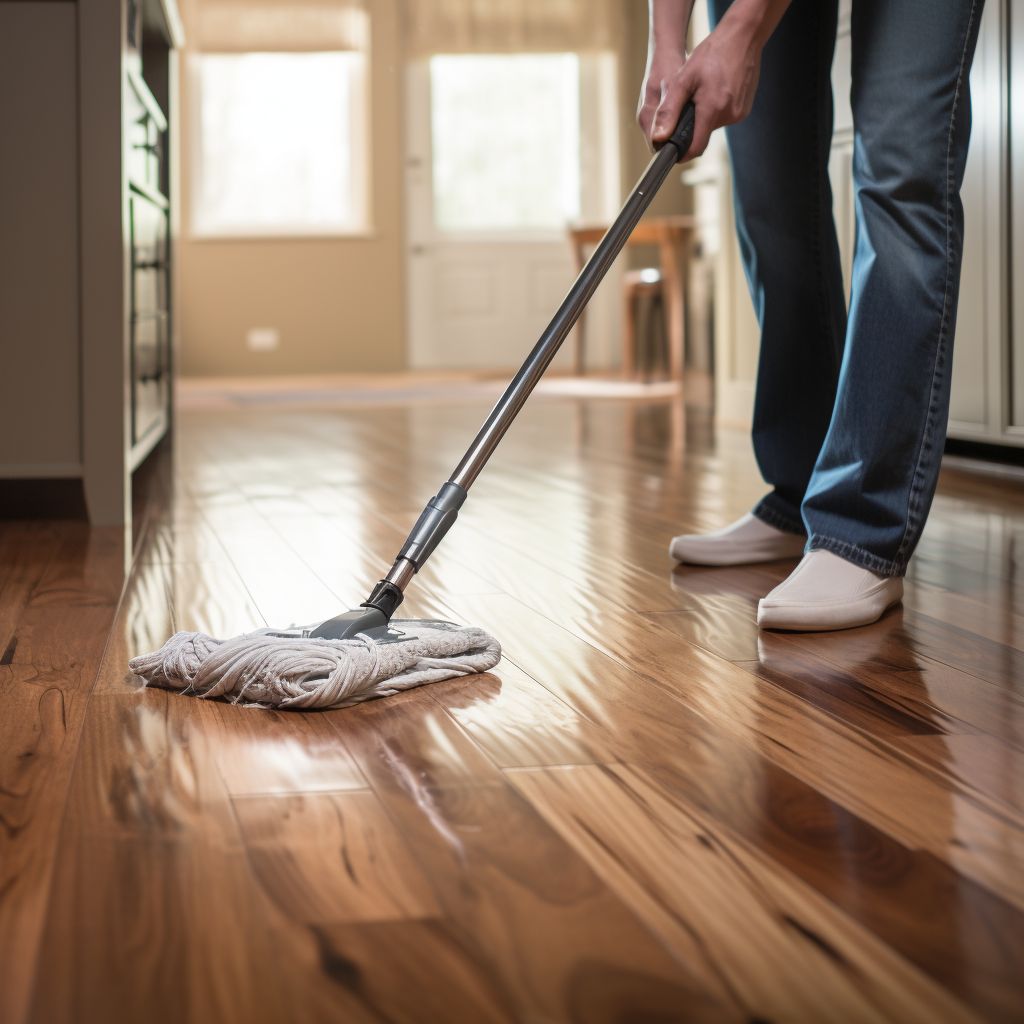Maintaining a clean floor is essential to the overall cleanliness of a home. Mopping plays an integral role in not only keeping floors looking their best but also in eliminating dirt, dust, and allergens that accumulate over time. However, the frequency of mopping can vary based on a number of factors, including floor type, household traffic, and the presence of pets or children.
In this comprehensive guide, we’ll cover everything you need to know about how often you should mop your floors to maintain a fresh and hygienic living space.
Determining the Mopping Frequency
1. Assess Your Floor Type
First and foremost, the type of flooring you have can affect how often it needs to be mopped. Different materials require different cleaning regimens and care to avoid damage:
a. Tile and linoleum floors can generally withstand frequent mopping.
b. Hardwood floors require less moisture and should be mopped sparingly with a damp, not wet, mop.
c. Laminate floors should be cleaned with a dry or slightly damp mop to avoid warping.
d. Stone floors may need special cleaning solutions and should be mopped according to the sealant and type of stone.
2. Consider the Room’s Usage
The room’s function and foot traffic are critical factors in deciding how often to mop:
a. High-traffic areas like kitchens and bathrooms should be mopped at least once a week to maintain hygiene.
b. Entryways and hallways might require more frequent mopping due to dirt brought in from outside.
c. Living rooms or bedrooms with less foot traffic might only need mopping once every two weeks or even once a month.
3. Analyze Household Habits and Composition
Your household composition greatly impacts the cleanliness of your floors:
a. Homes with pets, especially those that shed heavily or track in dirt, may need to mop more frequently.
b. Children often spill or create messes, which may necessitate more regular mopping.
c. If shoes are worn indoors, this can bring in more dirt, requiring more frequent mopping.
4. Seasonal Considerations
Seasonal elements can bring additional dirt and debris into the home:
a. During rainy or snowy seasons, you might need to mop more often to clean up moisture and mud.
b. In drier seasons or climates, dust accumulation might increase the need for mopping.
Best Practices for Mopping
1. Use the Right Cleaning Supplies
Invest in a high-quality mop suitable for your flooring type and cleaning solutions that are designed for your specific floors.
2. Prep Your Floors
Always sweep or vacuum before mopping to remove loose dirt and debris. This prevents scratching and allows for a more effective clean.
3. Maintain a Regular Schedule
Create a mopping schedule based on the guidelines above and stick to it to maintain the longevity and appearance of your floors.
4. Be Water Mindful
Over-saturating floors can lead to damage. Use only as much water as necessary and wring out the mop well before use.
5. Spot Clean When Needed
Address spills and stains immediately, even if it’s not your scheduled mopping day. This prevents setting stains and maintains a cleaner floor overall.
In conclusion, there is no one-size-fits-all answer to how often you should mop your floors. It depends on a variety of factors such as the type of flooring, usage of the room, the makeup of your household, and weather conditions. Adopting the right habits and sticking to a cleaning schedule that reflects the specific needs of your home will ensure your floors remain pristine and hygienic. Remember to be mindful of your flooring material, use appropriate cleaning products, and tend to spills promptly. Your floors are a central part of your home, and their care is directly linked to the overall health and aesthetic of your living space.



